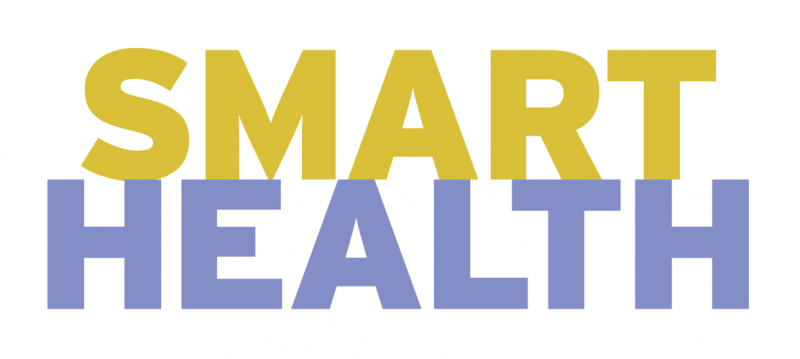Radon is second leading cause of lung cancer

A simple way to know if you’re at risk
Kentucky represents the “triple crown” of lung cancer —the country’s highest rate of smoking, high rates of secondhand smoke exposure, and elevated potential for radon. Radon exposure is the second leading cause of lung cancer in the U.S., and if you’re exposed to both radon and tobacco smoke, either firsthand or from secondhand smoke, your risk of lung cancer increases tenfold.
Radon is a radioactive soil gas that is colorless, odorless, and tasteless—it can’t be detected by sight or sound, so it’s important to test your home. Radon enters buildings through the foundation and plumbing and becomes trapped in indoor spaces. When inhaled, radon causes immediate DNA damage before decaying into lead and other harmful chemicals, which may stay in the body for decades. Most radon-induced lung cancers are thought to be associated with low to moderate radon concentrations.
foundation and plumbing and becomes trapped in indoor spaces. When inhaled, radon causes immediate DNA damage before decaying into lead and other harmful chemicals, which may stay in the body for decades. Most radon-induced lung cancers are thought to be associated with low to moderate radon concentrations.
The entire state of Kentucky is at high risk for radon exposure, with about 40 percent of homes estimated to have unsafe levels. Here’s how you can make sure that you and your loved ones are not exposed to radon:
- Test your home. Radon is only detectable by testing indoor spaces, which is easy and free or low-cost. Many local health departments have radon prevention programs and provide free radon test kits. Most testing is as easy as setting the testing envelope on a bookshelf for 3 to 5 days. The tests are then mailed, usually free of charge, for processing, and the lab mails or e-mails the results. Long-term tests of 90 days to one year are encouraged if there is tobacco smoking in the home.
The Kentucky State Radon Program can provide free radon test kits. Some local health departments also have radon information and give away free test kits. Click here and search for “radon,” or call (502) 564-4856. Radon test kits can also be purchased at home improvement stores for $15-$25. - Fix your home if radon levels are unsafe. If a building has unsafe levels of radon, the radon can be fixed, or mitigated, from the soil by a certified radon mitigation specialist. Because there is no safe level of exposure to radon, the Environmental Protection Agency recommends that Americans consider fixing their homes for radon levels at or above 4.0 pCi/L. The mitigation process, however, can be expensive, ranging from $1,200 to $2,500 depending on the size and foundation of the home. For more information, click here.
- Prevent radon exposure in new home construction. Homebuilders can help prevent radon exposure before it starts by adding a Radon Resistant New Construction (RRNC) passive system during construction. This system can be easily activated by a certified mitigator if high radon levels are found in the home. RRNC costs approximately $600-$800 for a single-family home, compared to $1,200 to $2,500 to mitigate an existing home.
- Since radon-induced lung cancer occurs most often in those also exposed to tobacco smoke, make your home and all vehicles 100 percent smoke-free. For help quitting tobacco, call (800) QUIT-NOW or visit www.smokefree.gov.
Dr. Ellen Hahn, a professor in the UK Colleges of Nursing and Public Health, and director of BREATHE (Bridging Research Efforts and Advocacy Toward Healthy Environments) and the Kentucky Center for Smoke Free Policy, from the November 2015 issue.

